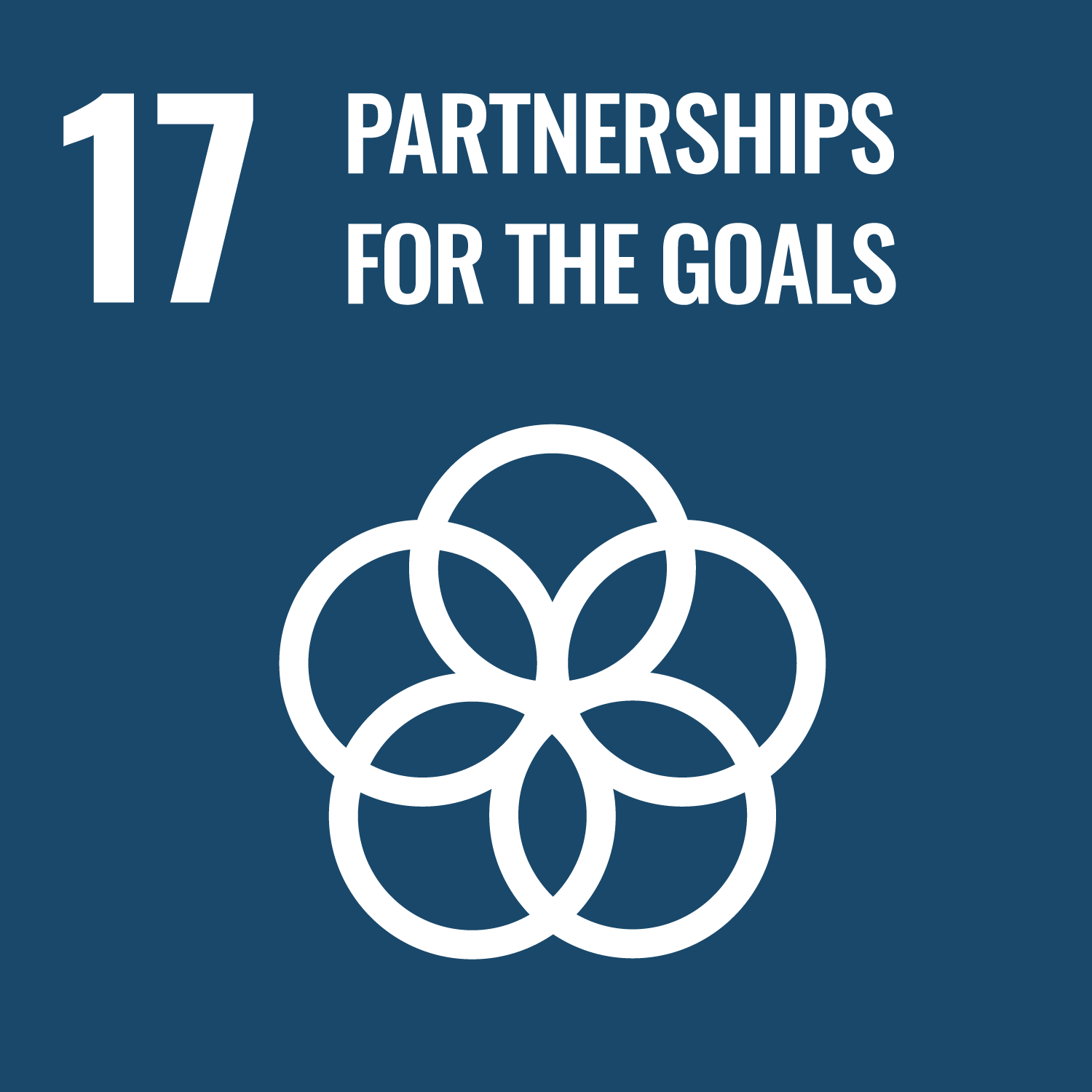This course introduces some lesser-known aspects of Japanese history, “Science and Religion in Japan.” The quest for natural
science to understand the design and principles of the universe was a major reason behind the advance of science in the West.
But Japan had a different story. Science was brought over to Japan by European Christians.
In the class, we do not focus on religion vs science debate, but on historical facts. Both illustrated and written reference materials are used to deepen students' interest and understanding.
In the class, we do not focus on religion vs science debate, but on historical facts. Both illustrated and written reference materials are used to deepen students' interest and understanding.
In modern society we sometimes hear debates between science and religion, but in Japanese history, western religion and western
science arrived at the same time. This course is designed to help students understand the impact of this arrival on Japanese
concepts of religion and science and lasting influence on modern Japanese society.
The 16th century was a turning point in Japanese history because the country was unified under the stern rule of two dictators, Oda Nobunaga and Toyotomi Hideyoshi, who ended the long civil wars among 300 feudal lords. Thus pacified Japan soon established contacts with Western civilization as transmitted by Portuguese traders and Catholic missionaries. Consequently, Japan acquired the technology, science, art, and crafts of the West and this interest extended to Christianity.
However, the process of modernization was interrupted when Hideyoshi prohibited Christianity. In this course, we explore the process of transformation that religious tradition including Shinto, Buddhists, and Christianity went through in Japanese society, education, and science.
The 16th century was a turning point in Japanese history because the country was unified under the stern rule of two dictators, Oda Nobunaga and Toyotomi Hideyoshi, who ended the long civil wars among 300 feudal lords. Thus pacified Japan soon established contacts with Western civilization as transmitted by Portuguese traders and Catholic missionaries. Consequently, Japan acquired the technology, science, art, and crafts of the West and this interest extended to Christianity.
However, the process of modernization was interrupted when Hideyoshi prohibited Christianity. In this course, we explore the process of transformation that religious tradition including Shinto, Buddhists, and Christianity went through in Japanese society, education, and science.
| Goals and objectives | Course Outcomes | |
|---|---|---|
| 1. | Students will familiarize themselves with the knowledge of the characteristics of some religious traditions in Japan, and how they were transformed in the modern period in the context of their encounter with the West. |
B ,
E
|
| 2. | Students will also acquire some understanding of the effect of religions on society, education and science. |
B ,
C ,
E
|
| 3. | Students will also learn to analyze the issue between science and culture from the perspective of the transcultural theory. |
B ,
E
|
| 4. | Students will learn the importance of sharing their own ideas with others and speaking to third parties and outsiders from our social groups which gives us a fresh perspective on the subject. |
B ,
E
|
| Class schedule | HW assignments (Including preparation and review of the class.) | Amount of Time Required | |
|---|---|---|---|
| 1. | Introduction to Science and Religion in Japan | Write a short response paper based on what you have learnt in the class. | 170分 |
| 2. | Japan’s New Encounter with Foreign Cultures: China (Shintoism and Buddhism) | Write a short response paper based on what you have learnt in the class. | 180分 |
| 3. | The Second Period of Japan’s New Encounter with Foreign Cultures: Portugal | Write a short response paper based on what you have learnt in the class. | 180分 |
| 4. | Japan’s Encounter with Christianity | Write a short response paper based on what you have learnt in the class. | 180分 |
| 5. | Christianity and the Three Great Unifier in Japan: Nobunaga, Hideyoshi and Yeyasu | Write a short response paper based on what you have learnt in the class. | 180分 |
| 6. | Yeyasu and Christianity | Write a short response paper based on what you have learnt in the class. | 180分 |
| 7. | Dejima in Nagasaki | Get ready for your mid-term presentation. Make a poster presentation based on what you have learnt in the first part of the term. | 220分 |
| 8. | Mid-term Review: presentations and discussion | Write your own evaluation of your presentation. Did you get your point across? Was your introduction catchy? Was your conclusion strong? Evaluate your own experience. How can you improve your presentation? Write down everything you can think of to improve your presentation and your plans. | 220分 |
| 9. | The Tensho Mission Embassy | Write a short response paper based on what you have learnt in the class. | 180分 |
| 10. | Hidden Christianity in Japan | Write a short response paper based on what you have learnt in the class. | 180分 |
| 11. | Hidden Christianity in Japan (Ctd.) | Write a short response paper based on what you have learnt in the class. | 180分 |
| 12. | From Gutenberg Press to Kawaraban | Write a short response paper based on what you have learnt in the class. | 200分 |
| 13. | Intriguing World of Kawaraban | Get ready for your final presentation. Make a poster presentation. Summarize what you have learned from this course. | 200分 |
| 14. | Final review: presentation and discussions | Write your own evaluation of your final presentation. Did you get your point across? Was your introduction catchy? Was your conclusion strong? Evaluate your own experience in this course. | 200分 |
| Total. | - | - | 2650分 |
| Participation in class-activities and the reaction paper | Mid-term etc. | Final | Total. | |
|---|---|---|---|---|
| 1. | 5% | 10% | 15% | 30% |
| 2. | 5% | 5% | 10% | 20% |
| 3. | 5% | 5% | 10% | 20% |
| 4. | 5% | 10% | 15% | 30% |
| Total. | 20% | 30% | 50% | - |
Grades are given based on:
1.Participation in class-activities and the assignments (20%)
2.Mid-term review (30%)
3.Final review (50%)
1.Participation in class-activities and the assignments (20%)
2.Mid-term review (30%)
3.Final review (50%)
Students are required to give a poster presentation for both the mid-term and the final. They should be argumentative, written
academically, and complete with bibliography.
- Office hours: Monday and Friday, 16:00-18:00 in the lecturer's office & by appointment
- Contact e-mail address: zam08580@shibaura-it.ac.jp
- Course that cultivates an ability for utilizing knowledge
| Work experience | Work experience and relevance to the course content if applicable |
|---|---|
| N/A | N/A |



- 10.REDUCED INEQUALITIES
- 16.PEACE, JUSTICE AND STRONG INSTITUTIONS
- 17.PARTNERSHIPS FOR THE GOALS
Last modified : Fri Oct 01 04:03:07 JST 2021
